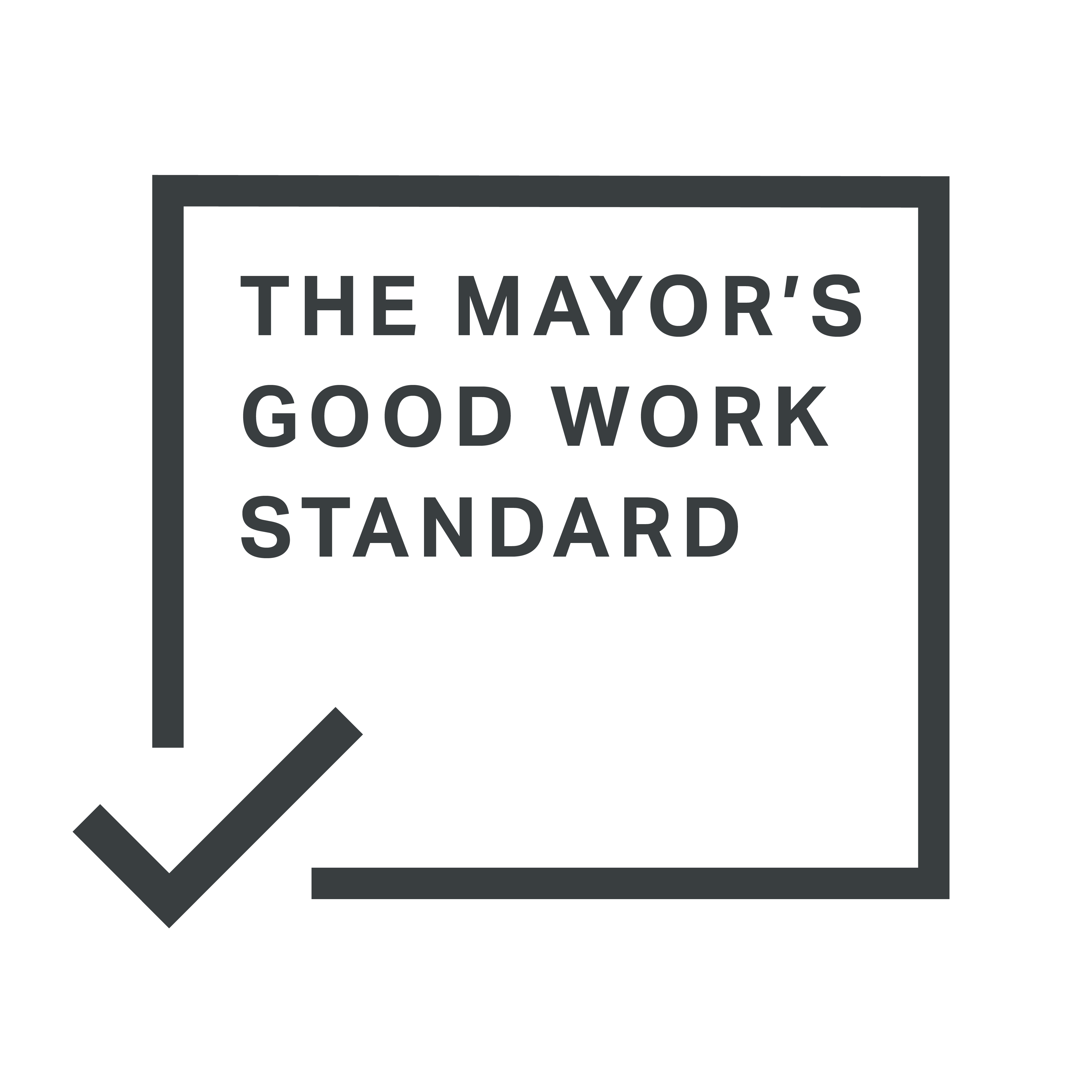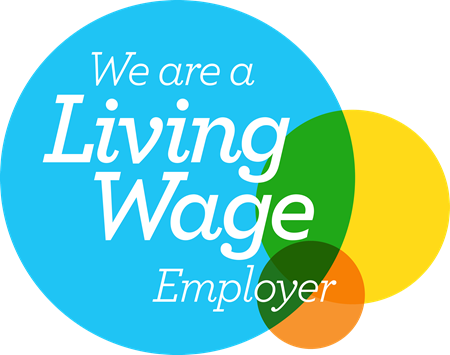We’ve produced a video sharing some practical tips about how you can help if you witness a crime taking place when travelling around London. Please see below.
Why have we done this?
Our personal security research showed that many people don’t know how to help if they see someone being abused or harassed when they’re travelling around the capital. This is despite bystander intervention being so critical to help catch harassers and stop crimes happening on public transport.
Our video shows the sorts of things that count as sexual harassment, and what other passengers can do to be active bystanders in the moment or afterwards.
What is an ‘active bystander’?
Active bystanders are people who witness or are nearby when a crime or incident happens, and choose to help the victim in the moment or afterwards. This can be done in different ways depending on the situation. If it’s an emergency, like a fight or violence for example, this would mean calling the police on 999. Active bystanders can also report or provide information to help find and identify people who commit crimes. Sometimes it might even be safe to intervene or help the victim.
So what can people do to help?
Millions of Londoners rely on public transport to get around the city every day and it’s likely that we’ll all see a crime or incident unfold before our eyes at some time or other. But despite most people being willing to help, 63% of people told us they would feel more confident in responding to a crime or incident if they had more information about how to do so.
This is what you can do to help:
- In an emergency get help by calling 999, speaking to staff or finding an emergency help point.
- If you think it’s safe, you could stand in the way and ignore the harasser. Ask the victim if they’re ok or chat about something unrelated. Or you could ask another passenger for help.
- If you think it’s safe you could film or photograph the incident from a distance. Make a note of the time, location and a description of the offender.
- If you’re on a bus or tram call 101 or if you’re on a Tube or train text 61016 – it’s worth saving these numbers to your phone.
What happens next?
We want TfL, the police and transport companies to go further. We want even clearer guidance so people know how to safely challenge unacceptable behaviour when they are on public transport, know how to report it and provide practical support to other passengers.
We’re going to keep pressing the transport industry to do better to communicate advice to the public so we can all help make transport safer in London.
Our recommendations for transport providers and the police:
1. Agree on a playbook of good active bystander behaviour
People need a clear list of ‘active bystander’ behaviours to learn and use as they get around London. The transport industry should be working towards promoting and normalising active bystander behaviour. The ultimate aim should be a culture change that sees active bystander behaviour become second-nature to people travelling around London and staff in the same way that giving up your seat for someone more in need than you is. TfL recently included a list of active bystander behaviours as part of their tackling sexual harassment campaign, which is a good starting point, but this needs to be developed further.
2. Communicate this playbook to the public
Once agreed, the transport industry needs to agree on a communication and education strategy that clearly communicates common situations or incidents and what people should do about it. This should be available to people across digital channels, on posters, leaflets and as part of wider awareness and education campaigns. Proactive engagement with communities, schools and universities is also required.
3. Tell people how to report an incident
People have told us they do not think contact numbers, relevant websites or information about what actually happens when you report something are visible enough on the transport network. The transport industry and policing authorities should increase the presence of messages communicating information about reporting across the transport network.
4. Communicate the value of reporting
Most people do not think it is worthwhile to themselves or to others to report incidents and crimes. This has resulted in key issues like hate crime and sexual harassment being frequently underreported. The transport industry and Police need to explicitly include in their communications how valuable reports from the public are, whether from victims of crime or bystanders, to building intelligence and generating profiles of repeat offenders which can lead to prosecution.
Our full recommendations are on page 19 of our report. You can find out more advice about what sexual harassment is and how to be a good bystander on rail and TfL services here: About – Zero Tolerance (nationalrail.co.uk) and Tackling sexual harassment on the network – Made by TfL




